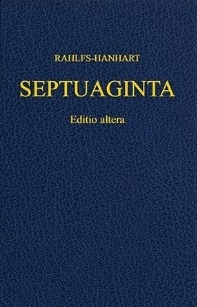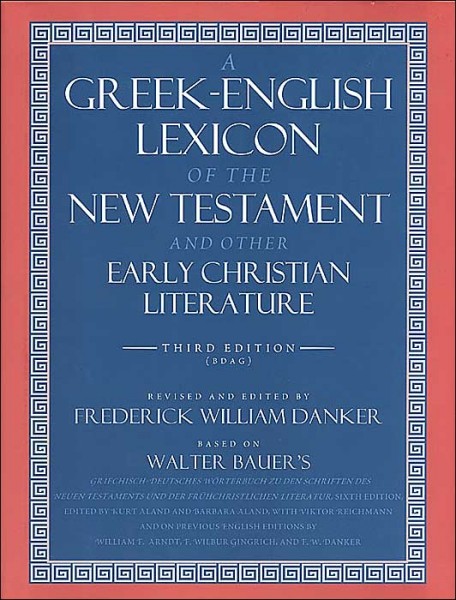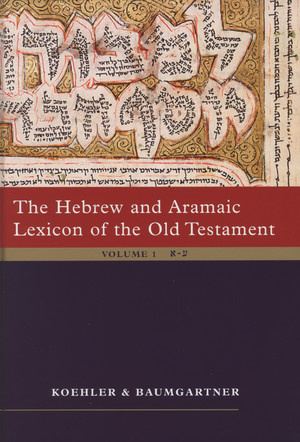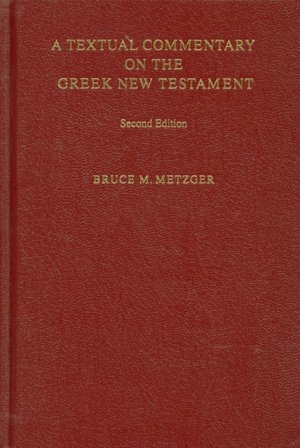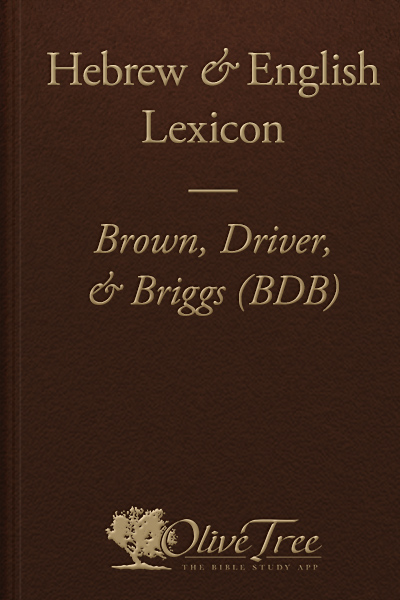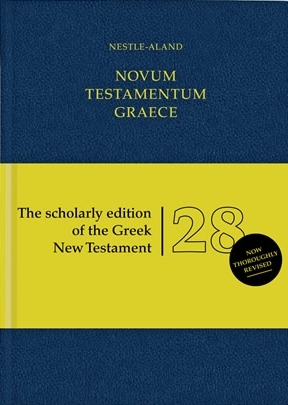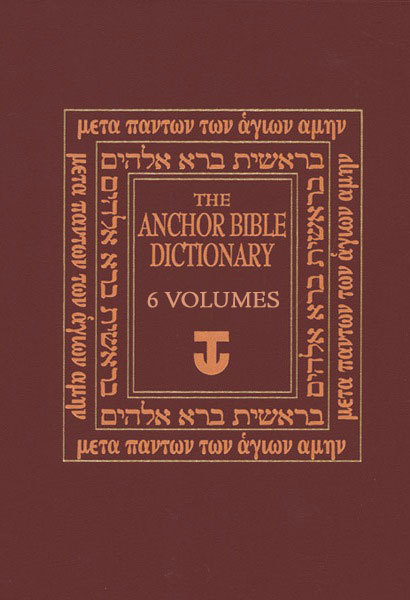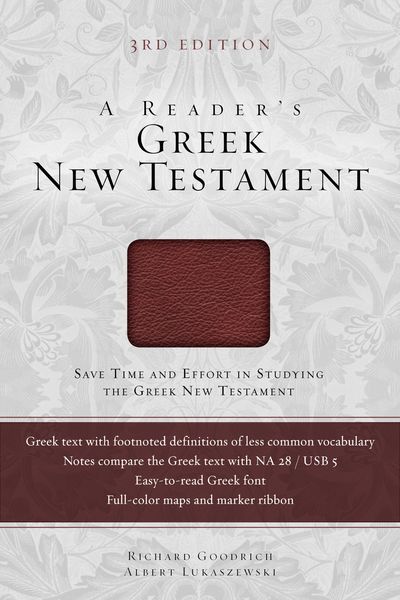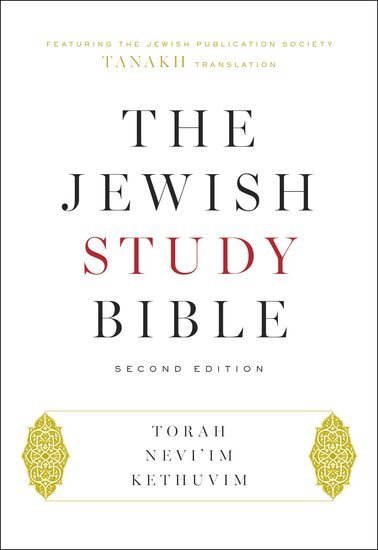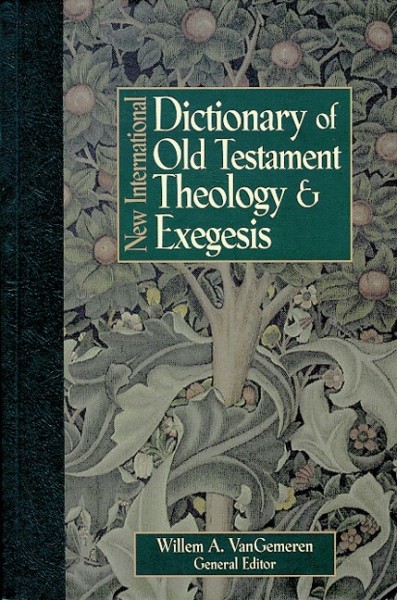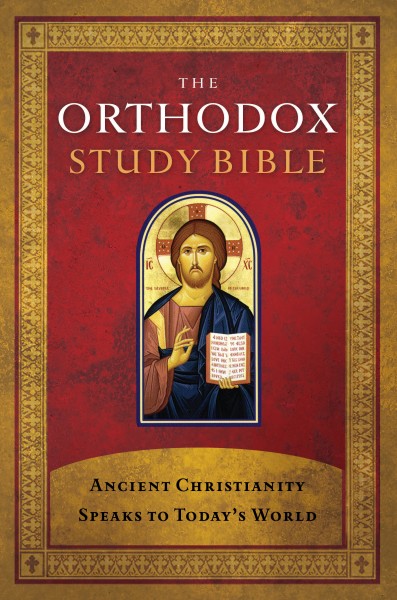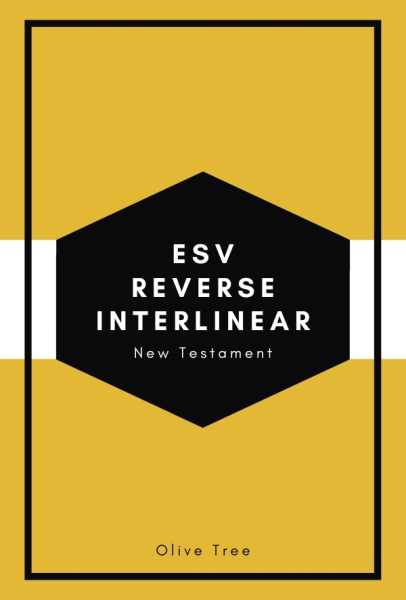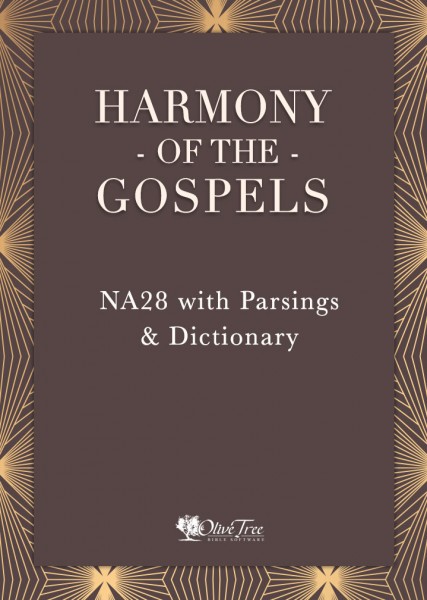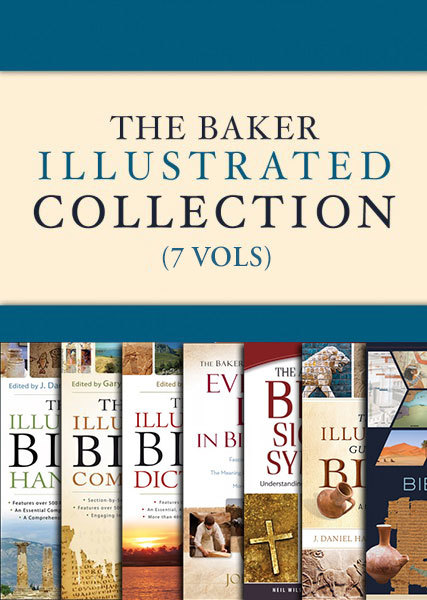


Touch a Greek word in the Septuagint (LXX) text and instantly view detailed morphology and parsing information, along with direct links to the related entry in the LEH Lexicon.
This package gives you access to four scholarly resources, linked for a seamless study experience:
This edition of the Septuagint (LXX) Greek Old Testament was compiled by Alfred Rahlfs and revised by Robert Hanhart. Begun in the third century BC, the Septuagint is the oldest Greek translation of the Hebrew Old Testament. It is referred to as the LXX (Septuaginta) because it is believed to have originated with seventy Jewish scholars of Alexandria, who translated the Hebrew scriptures into the Koine Greek of their day. The oldest surviving codices of this translation are from the fourth century AD.
Since the text of Rahlf's Septuaginta relied mainly on Vaticanus (B), the Critical Apparatus provides information on alternate readings in Alexandrinus (A) and Sinaiticus (S). Hanhart's revision of the apparatus also added information on variants found in a select number of uncials and other rescensions.
The Kraft/Taylor/Wheeler Morphology shows the parsing code and the Greek lemma (lexical form) of each word. This version of the Kraft/Taylor/Wheeler morphology database is a new version, updated in 2008.
The LEH Greek-English Lexicon of the Septuagint, compiled by J. Lust, E. Eynikel, and K. Hauspie, provides a definition for each Greek word. The appropriate entry is hyperlinked from the words in the LXX text, you can choose to open the lexicon whenever you view parsing information. The LEH Lexicon is also independently accessible, so you can look up words without linking from the Greek text.
This resource is also available as the text of the LXX text with the apparatus LXX with apparatus (no parsings) .





